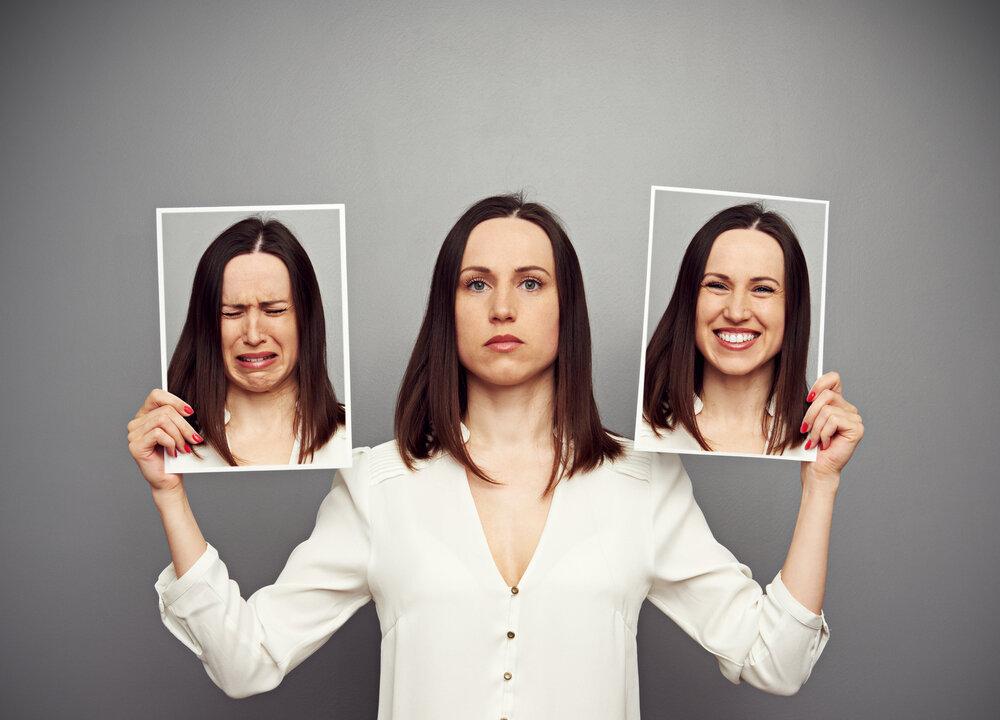For thousands of years, we have been obsessed with having a healthy and attractive facial appearance—by any means necessary. The Egyptians crafted eyeliner from kohl, containing lead (definitely not good for you), and at the turn of the last century, people eagerly applied night cream fortified with radium to achieve a healthy glow (even worse).
We know how dangerous these practices are today, but are modern day beauty trends all that different? With acid peels that can permanently damage skin, to injections of acutely lethal toxins—under the brand name Botox—the quest for a healthy-looking face has always been fraught with danger.

